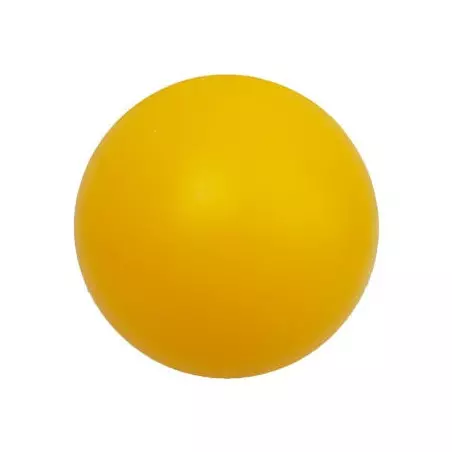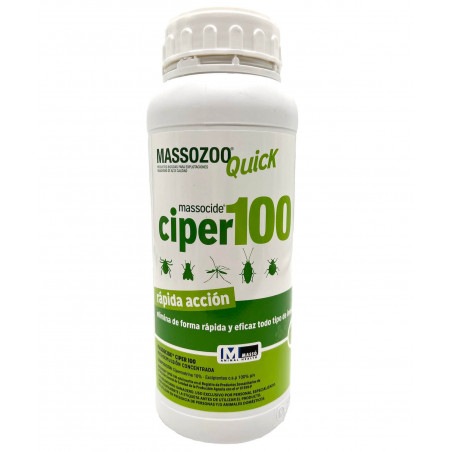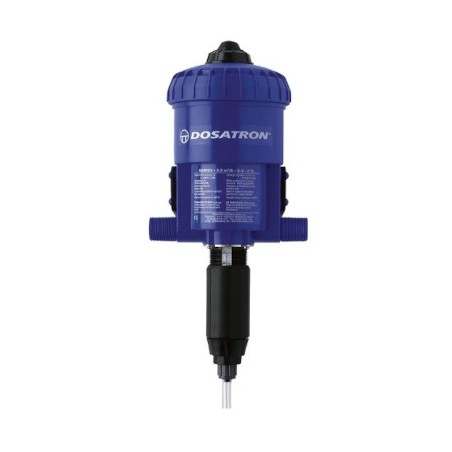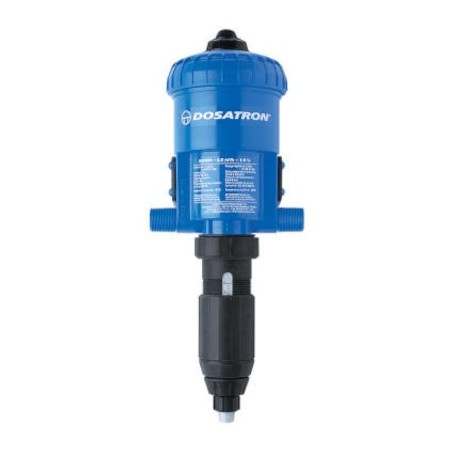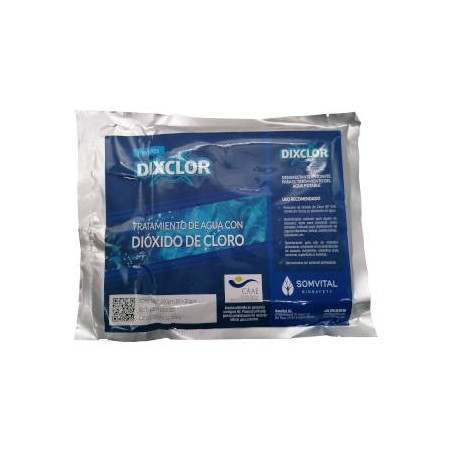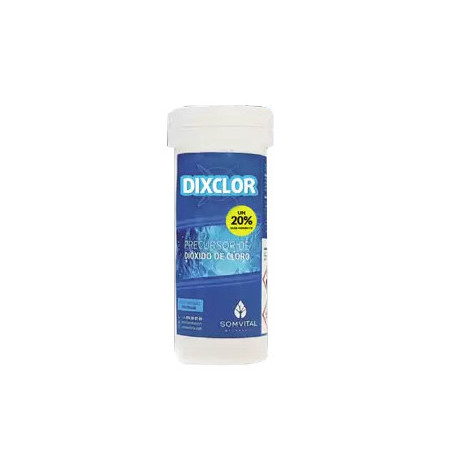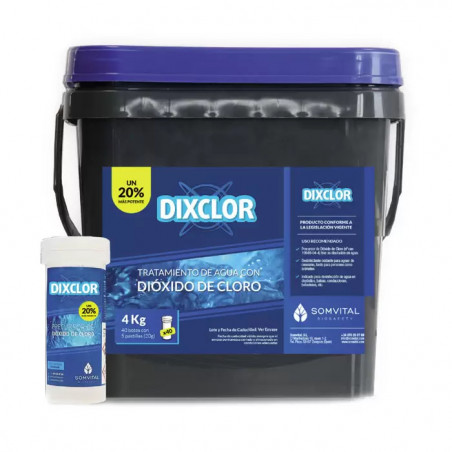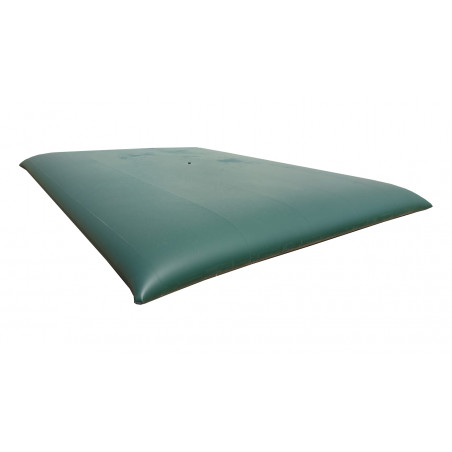The dosage of medicines must be carefully calculated in order to reach the plasma levels necessary to produce a therapeutic effect. This therapeutic or effective dose is found between the minimum effective dose and the maximum effective dose. Upon medicating water, the doses should be repeated with a time interval that prevents plasma levels from dropping below the minimum effective concentration and exceeding the toxic concentration.

There are several things that can cause plasma levels to drop below the minimum effective concentration: Error upon calculating the necessary dose, characteristics intrinsic to the commercial product (E.g. the product is not very soluble and precipitates), unfamiliarity with the medication system, etc. But the most common reason is that the estimated water consumption used to calculate the necessary medication is incorrect. This is the main cause of sub therapeutic dosing.
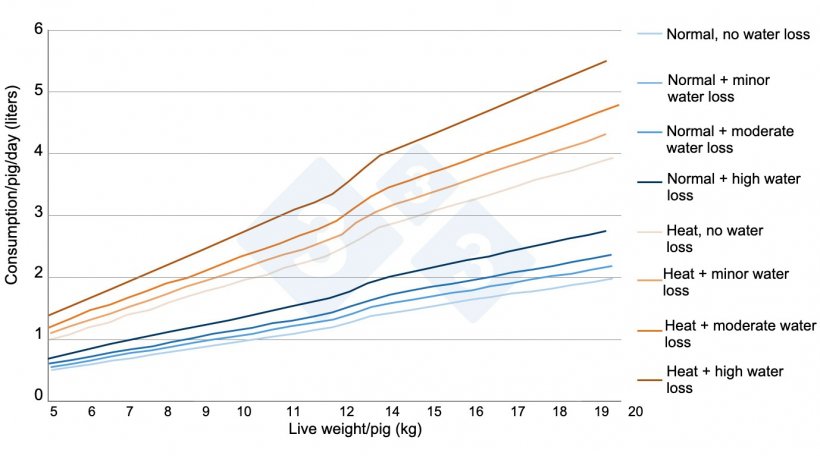

| Location | Problem | Consequences |
|---|---|---|
| Well | Slurry contamination | ↓ Palatability, abrupt ↓ in consumption and performance |
| Bacterial contamination | Chronic ↓ in performance | |
| Algae contamination | Obstruction, ↓ volume, ↓ pressure | |
| Sedimentation (sand, etc.) | Obstruction, ↓ volume, ↓ pressure | |
| Increase in salt concentration | ↓ Palatability and possible intoxication | |
| Filter | Sediment in the line | Obstruction, ↓ volume, ↓ pressure |
| Absence of filter | ↑↑ Obstruction, ↓↓ H2O availability | |
| Pressure variations | Variations in volume and availability | |
| Water shortages | ↓ volume and possible salt intoxication | |
| Tank | Inadequate, or lack of, lids | Contamination and obstruction, ↓ consumption and performance |
| Mildew contamination | Possible ↓ in performance | |
| Antibiotics in the float valve | Obstructions and residues in the meat | |
| Valve/float valve problems | Medication dose dilution | |
| Valve/float valve blockage | H2O shortage, ↓ volume and possible salt intoxication | |
| Inadequate capacity | Difficulty dosing medication, pressure variations | |
| Inadequate situation | ↓ volume, ↓ H2O availability | |
| Inadequate height | ↓ Pressure, ↓ H2O availability | |
| Distribution | Low pressure | ↓ H2O availability with maximum demand |
| Variable pressure | ↑↓ H2O availability based on demand | |
| Reduced diameter (biofilm) | ↓ volume, ↓ H2O availability | |
| Long conduits | ↓ Pressure, ↓ H2O availability | |
| Insufficient diameter | ↓ volume, ↓ H2O availability | |
| Inaccessible slope | ↓ H2O availability | |
| Water too hot | ↓ H2O consumption | |
| Frost | ↓ H2O availability | |
| Drinkers | Inadequate flow (low) | ↓ volume, ↓ H2O availability |
| Too high | ↑ Difficulty drinking, ↓ H2O availability, ↑ losses | |
| Too low | ↑ Difficulty drinking, ↓ H2O availability, ↑ losses | |
| Incorrect angle | ↑ Difficulty drinking, ↓ H2O availability, ↑ losses | |
| Insufficient number | ↓ H2O availability (above all with “dominated” piglets) | |
| Excessively close together | ↓ H2O availability (above all with “dominated” piglets) | |
| To close to the wall | ↓ H2O availability (above all with “dominated” piglets) | |
| Inadequate for the age | ↑ Difficulty drinking, ↓ H2O availability, ↑ losses | |
| Losses | ↑ medication and slurry losses | |
| Inadequate maintenance | ↓ volume, ↓ H2O availability | |
| One next to another | ↓ volume, volume variations, ↓ H2O availability |
The presence of disease, stress due to cold, or drinking water with an elevated temperature can also reduce water consumption.
Higher water temperature reduces consumption:
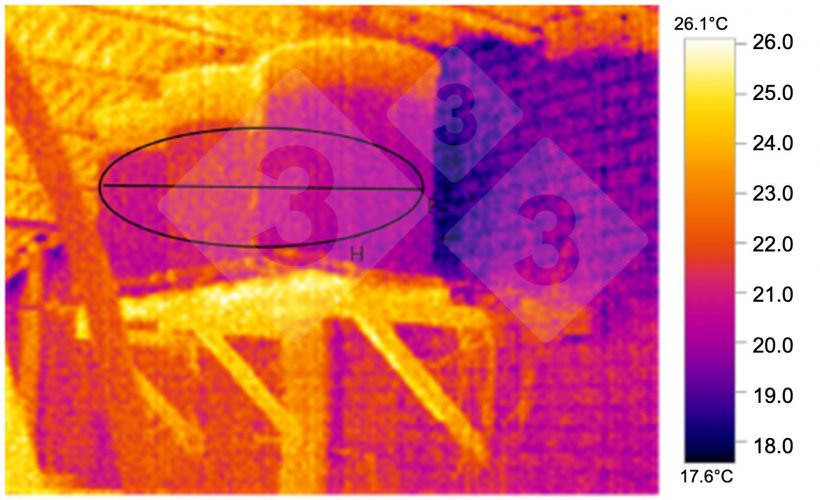

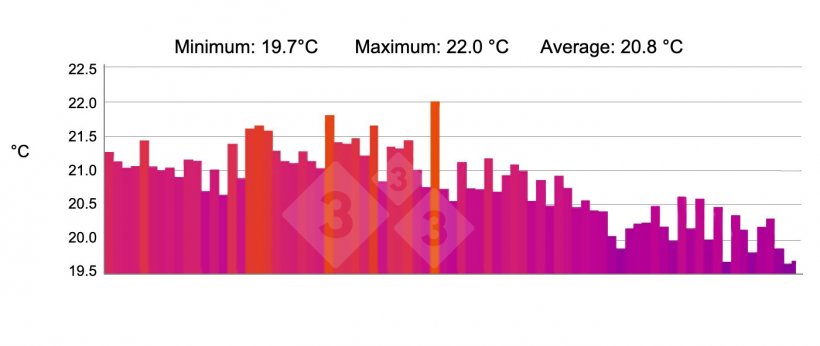
The impact of flow
Sometimes, lack of consumption may be the result of poor flow.
Table 2. Water volume (L/min.) based on pipe diameter, with a water velocity of 1.22 m/sec. (according to MWPS recommendations) and without significant friction. Source: Approximate estimations of the author.
|
Pipe diameter (interior)
|
Volume
|
|
|---|---|---|
|
inches
|
mm
|
liters/minute
|
|
1/4
|
6
|
2
|
|
1/2
|
13
|
10
|
|
3/4
|
19
|
21
|
|
1
|
25
|
37
|
|
1 ¼
|
32
|
58
|
Increasing flow can be easy; it’s enough to just exchange the drinking troughs for higher flow models, although another solution is to install a pressure set. The effect this pressure change will have on the flow is easy to estimate.
For example, if we reduce the pressure by half, from 280 kPa to 140 kPa:

If, on the other hand, we double the pressure, from 70 kPa to 140 kPa:

Consumption
Knowing the true water consumption is essential for correct water medication. There are systems that allow automatic monitoring. Another option would be to install water counters and take note of the daily consumption.
Here we have an example of efficient control of water consumption:
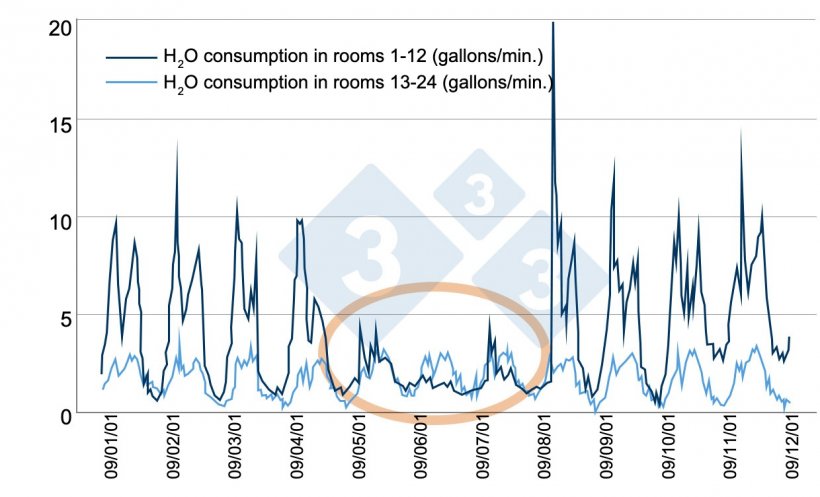
When we under dose we don’t achieve the therapeutic effect hoped for, we waste water, the animals’ health and reproductive performance suffer, and what's worst is that we run the risk of creating resistance problems.






